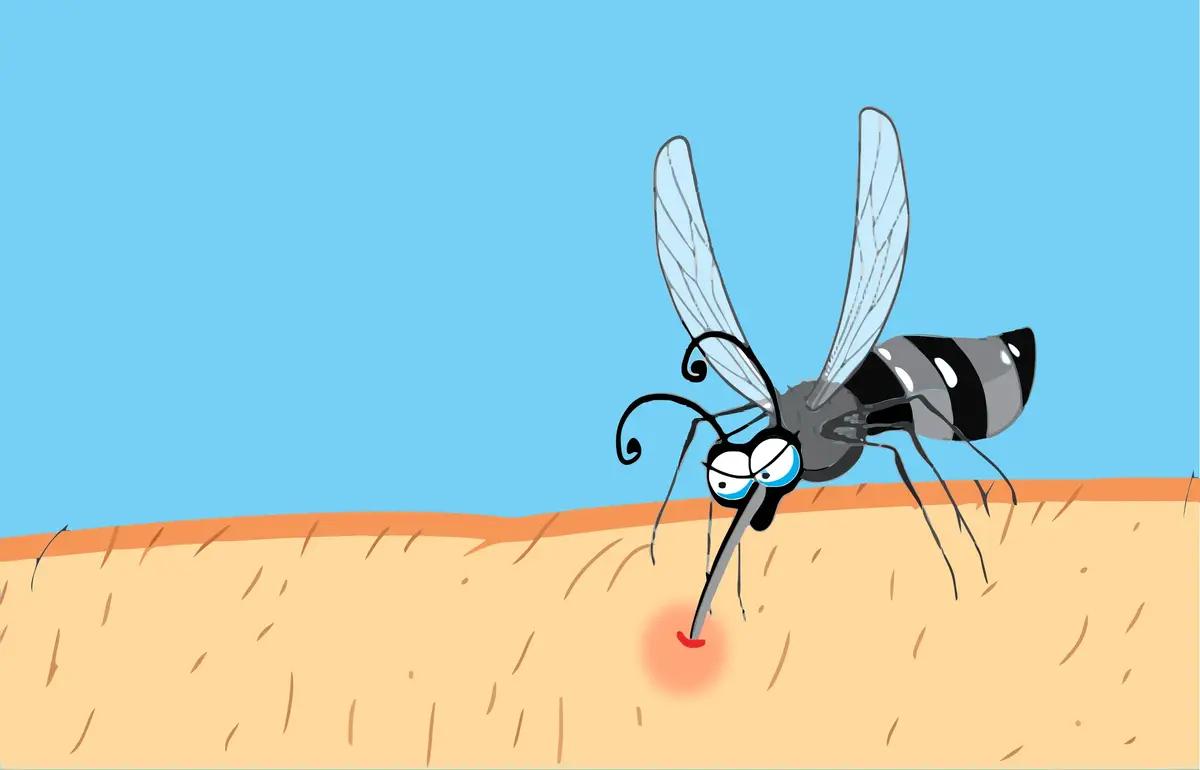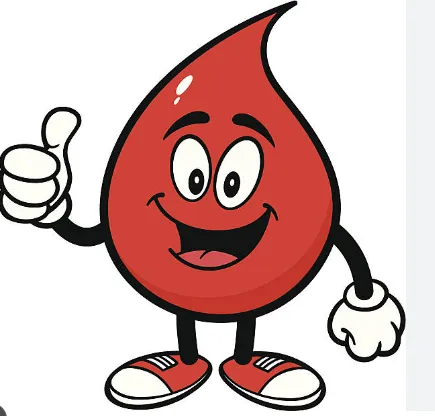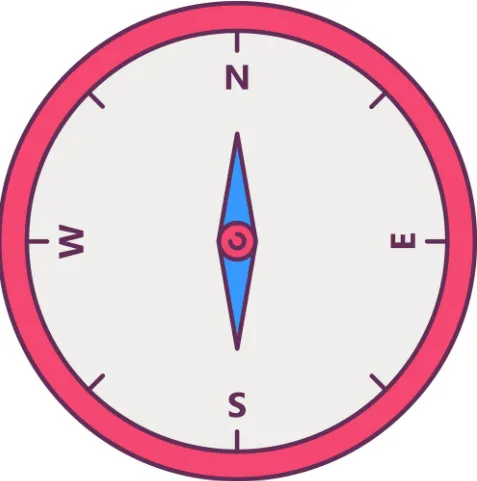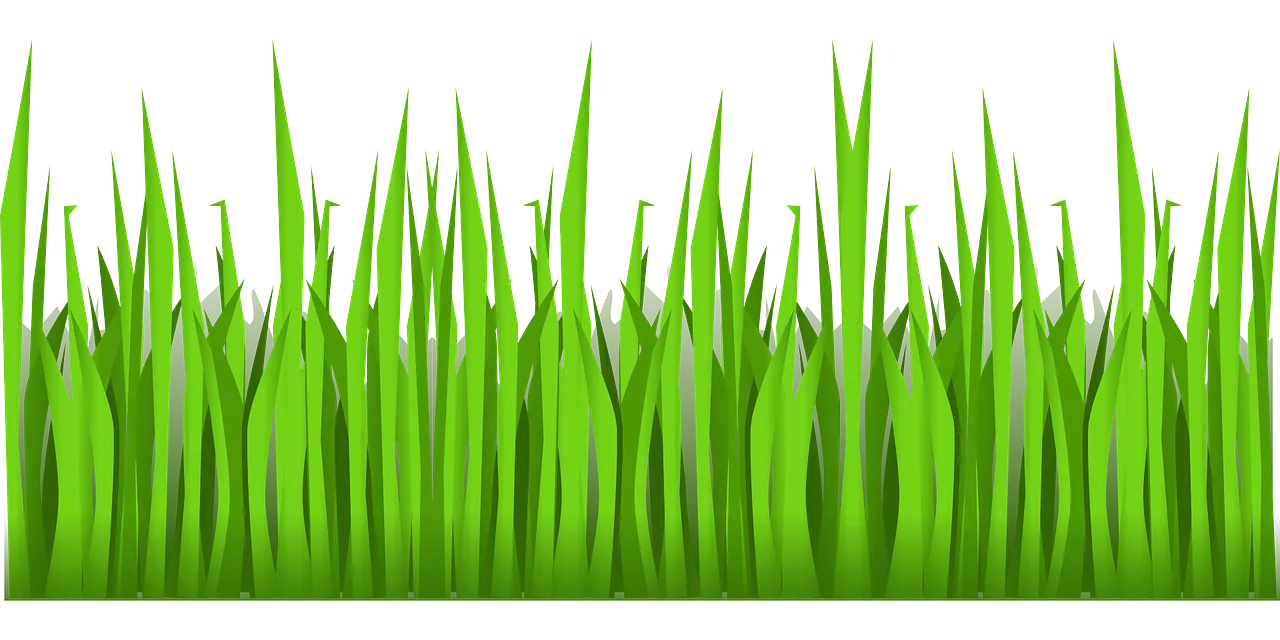

What about the different blood groups present?
What blood group you have is definitely a question that you might have come across very early in the life. Be it through school forms, hospital visits, enquiry forms etc etc.
This might come as a surprise to know that for modern science, the understanding of humans having different blood group came only in the 19th century. Surprised aren't you?
The person for the honour is Karl Landsteiner who around the year 1900 discovered the different blood types in humans.He along with his staff helped to discover why some blood transfusions work for some and for others it turns out deadly.
When Karl and his team mixed the blood samples of each others, it was observed that some showed different reactions. The result was discovery of different types namely A, B and O.
Well you might ask if after A, B we generally have C. Yes you are right however here O which was actually initially C was renamed to O for German "ohne" which is kind of saying 0 or empty or null.
To understand this further,
It is said that a type of protein, glycoprotein and glycolipids found on surface of red blood cell define the blood type. These are kind of the markers on the blood cells which kind of flags which blood type it is. You may across the word antigen, so for the 4 blood types A,B,O, AB the main indicator is the presence or absence of A or B antigens.
Presence of only A antigen - Blood group A
Presence of only B antigen - Blood group B
Presence of both A and B antigen - Blood group AB
Absence of both A and B antigen - Blood group O [now you understand why its O because there is neither A nor B antigen thus null or empty hence the name. There is no surface marker on the O blood cell].
More the facts, AB blood group was actually discovered a year later. Also these are not the only blood types present. In fact it is said that there are more than 20+ blood types discovered so far.
Now what about the positive and negative for each of the blood types right? That is called the Rh factor or the Rhesus factor because of the similarity seen with the Rhesus monkey. And yes the positive and negative depends on the certain molecules being present or absent on the blood cells. For example, the most important flag is the Rhd protein which if present can be an indicator of the blood group being positive.
Based on the whole structure of each blood group it becomes an universal donor, receiver or only individual receptor or provider. For example for someone with blood group A if it receives blood group B i.e with B antigen the whole body goes in defensive mode however it can receive blood group O because it does not have any surface marker to provide resistance.
Also each blood group brings its own strengths or weakness. For example, people with blood group A are susceptible to malaria than blood type O. While O blood type is more prone to stomach ulcers (or bacteria Helicobacter pylori) whereas blood type AB is less prone.
Now why do we have different blood groups in the first place is a chapter of its own. Why did this mutations happened? Which blood group came first? Some say A while some say O. There is still a lot of research that is being done as we all know the curious mind will always find something to work upon.
Do you know for his contribution in medicine and physiology, Karl Landsteiner received the Nobel Prize in the year 1930.
That's about it for now. As always keep the curious mind running who knows you might find something to work on deserving of a Nobel Prize.
Until then, let the curious mind work


